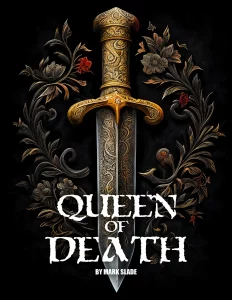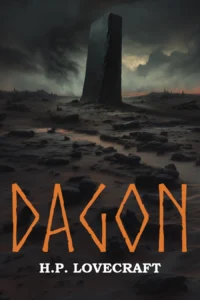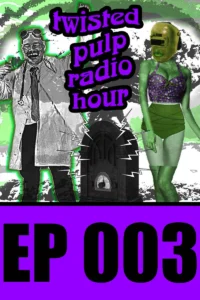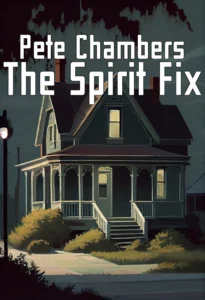Duncan Ralston: The Dark Genius Behind Modern Horror Fiction
Duncan Ralston isn’t just writing horror—he’s reshaping its edges. Known for his bold, often controversial narratives that blend extreme horror with emotional nuance, Ralston has carved out a reputation as one of the most fearless voices in contemporary dark fiction. Titles like Woom, Ghostland, and the Splatterpunk Award–nominated Pedo Island Bloodbath show just how far he’s willing to go to explore the shadows.
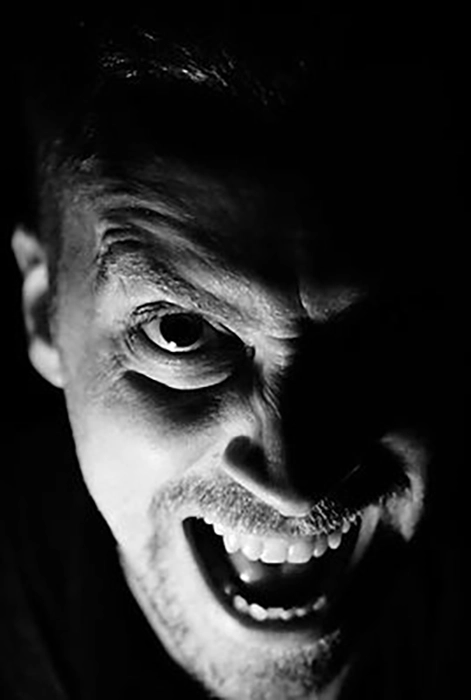
Growing up between the urban energy of Toronto and the quiet unease of rural Ontario, Ralston absorbed contrasts that would later animate his work. His early interests leaned toward visual art, but storytelling soon took over—especially after discovering the dark allure of Stephen King and Clive Barker. These weren’t just literary encounters; they were transformative moments that lit the path forward.
What Shaped Ralston
King’s uncanny ability to make horror personal, paired with Barker’s surreal grotesquery, deeply informed Ralston’s style. But his influences didn’t stop there. The raw brutality of Jack Ketchum, the anarchic flair of Palahniuk and Welsh, and the provocative risks of Bret Easton Ellis all echo through his prose. This eclectic mix produces stories that are as emotionally jarring as they are viscerally intense.
Ralston’s debut collection, Gristle & Bone, made waves—not just for its gruesome content but for its humanity. A nod from Jack Ketchum himself gave Ralston’s early career a major push. He didn’t rest on that, though; novels like Salvage and novellas like Wildfire followed, each pushing boundaries a little further.
Through Shadow Work Publishing, Ralston does more than just tell his own stories. He gives a platform to others—voices that might otherwise be too raw or risky for mainstream outlets. Publishing works by icons like Jack Ketchum and Wrath James White, the imprint has become a magnet for readers seeking something edgier, something more honest.
What makes Ralston’s horror tick isn’t just the blood and guts—it’s the psychology beneath it all. His characters aren’t just victims or monsters; they’re often both. The tension lies not just in what happens but in what’s buried inside people, festering.
The Emotional Core of Splatterpunk
Unlike others in the splatterpunk subgenre who might lean on sheer brutality, Ralston brings depth and emotion. He doesn’t just want to gross you out—he wants to break your heart a little too. That tension between violence and vulnerability gives his work its staying power.
What Critics Say
His books have earned nods from horror authorities like Scream Magazine, Cultured Vultures, and Daily Dead. Reviews consistently highlight his ability to disturb without being gratuitous, and to entertain while engaging serious themes.
Quick Facts
- Who is Duncan Ralston? A Canadian horror writer and indie publisher behind Woom, Ghostland, and other acclaimed works.
- Most famous book? Woom, hands down, for its controversy and cult following.
- Any awards? Splatterpunk nomination, and screenwriting accolades from major competitions.
- What makes him stand out? That rare combo: brutal content with emotional resonance.
- Other media work? Screenplays and a TV pilot—both recognized in respected festivals.
- His view on modern horror? It’s booming, especially in indie circles where creativity isn’t policed.
Final Thoughts: A Force in Modern Horror
Duncan Ralston doesn’t write safe horror. He writes the kind that crawls under your skin and stays there. Through his books, his press, and his presence in the indie scene, he’s helping redefine what horror can be. For anyone interested in the dark, the daring, and the emotionally charged—Ralston’s work is essential.
Books by Duncan Ralston





Date Modified: 11-04-2025






